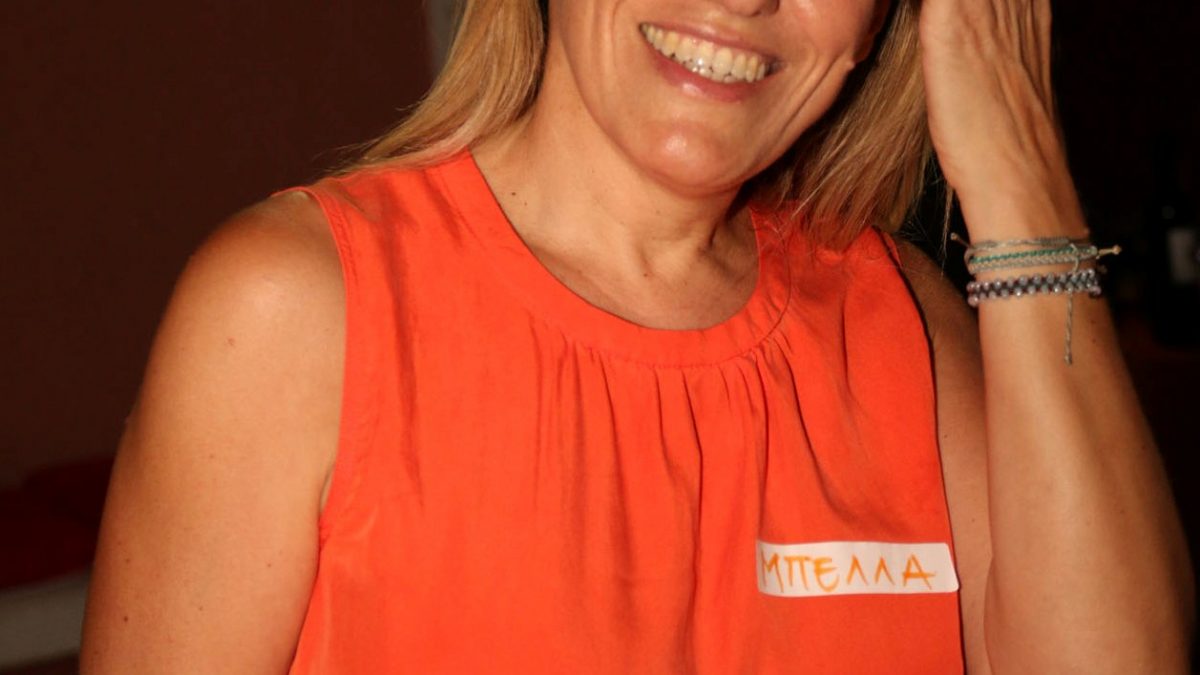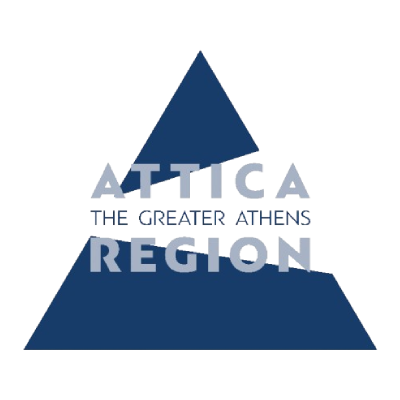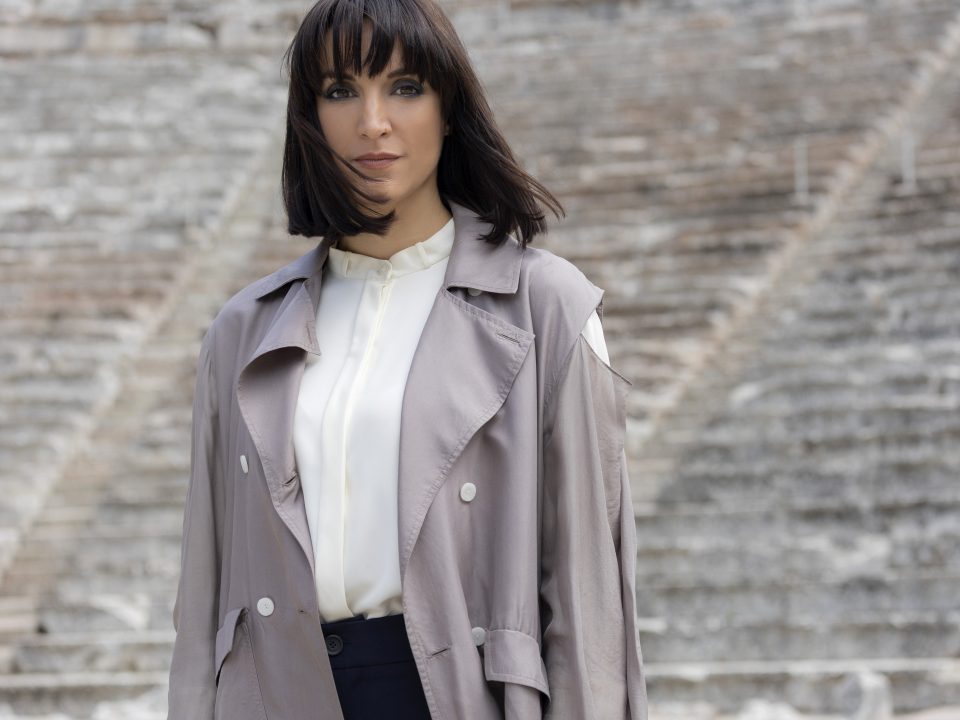Mrs. Zabel Mouratian: “Attica, this unique place on the planet, has everything you could ask for in a family holiday.”

Interview with Zabel Mouratian, President of the BoD of the Hellenic Children’s Museum:

“Attica, this unique place on the planet, has everything you could ask for in a family holiday.”
1. Tell us about the Hellenic Children’s Museum (HCM).
The HCM was established in 1987 by an interdisciplinary group of young scientists, at the initiative of Sophia Roque-Mela, aiming to encourage children to discover, understand, learn about, enjoy, and shape themselves and the world in which they live, respectful of individuality and with an emphasis on cooperation. The Museum is addressed to all children without exception, to families, the school community, and anyone interested in human development, following modern teaching methods.
The association’s goals include establishing and maintaining Children’s Museums; developing collections, exhibits, and educational programmes through which the children will promote and understand the elements of culture, history, art, science, the natural and artificial environment, and human relationships; educating adults about museum education; continuous engagement and exchange of ideas with museums, international organisations, governmental and non-governmental networks in Greece and abroad; and developing and operating a volunteer programme.
From the very outset, the HCM museum emphasised its relationship with local government. Through the Municipalities of Vyronas, Keratsini, Korydallos and Athens, it developed a series of educational programmes at museums and inaugurated an innovative mode of collaboration between the public and private sector. On this journey, in 1994, in partnership with the Culture, Sports, and Youth Organisation of the City of Athens, it achieved its statutory objective and created the Children’s Museum of Athens in Plaka, in a neoclassical building at 14 Kidathineon Street.
Presently, the Children’s Museum of Athens is housed in the 600 sq. m. ground floor of the emblematic building of the Athens Conservatoire — Vas. Georgiou II Street and & Rigillis Street — and with its presence it highlights the most “museum-rich” neighbourhood in Athens.
At the same time, the HCM travels to schools, factories, hospitals, libraries, prisons, squares, and summer camps. Some examples are the “Is this Art?” programme, aiming to familiarise teens with contemporary art, which travelled to the secondary schools in Attica and around the country, with the support of the NEON organisation; and “The Mobile Museum”, a vehicle that transports our collections, programmes, and people everywhere, and which provides people who cannot visit a museum with a museum experience.
Besides the Municipality of Athens, a key role has been played in the Association’s 34 years by the many companies and foundations that support our work with their sponsorships and donations, the countless volunteers, and the dynamic team of employees that bring to life our mission and vision, and, of course, above all, the public: the children, the families, and the school community, which honour us with their trust and participation in our actions.
2. What is a Children’s Museum? What programmes and activities does the Children’s Museum of Athens offer? The Children’s Museum of Athens is a destination for children. However, can it also awaken the interest of the adults escorting them?
The Children’s Museum is a type of museum created to cover the needs and interests of children, by developing exhibits and programmes that stimulate curiosity and motivate learning. Its mission is to help children understand themselves and the world in which they live, and to contribute to their aesthetic, mental, and social development through the use of objects and games. It is mainly addressed to children up to the age of 12, as well as the parents and teachers contributing to their development. We believe that our museum speaks to anyone learning for the first time, regardless of their age.
The three-dimensional exhibits are specially designed environments to arouse curiosity, stir imaginations, and encourage children to role-play in order to better understand the world around them. The collections take on an educational character and are experienced with all the senses.
For instance, visitors -young and old- can journey to the past through the objects and collections of the “Attic” exhibit, discover how to travel safely with the “Walking and driving safely” exhibit, role play as workers and customers in a food store, discover the importance of a balanced diet at the “ABC of nutrition”, play with water and soap, and experiment with “Bubbles”, and participate in many other activities related to the natural sciences, maths, and language.
Many parents experience the Children’s Museum of Athens as a space of cooperation, dialogue, questions, and activities with their children. Through the exhibits, parents can observe and better understand how their children learn, in an environment that is specially designed for their needs and capabilities. At the same time, the children have the unique opportunity to interact and play with their parents in a museum, taking on different roles. From parent evaluations, it became clear that using their free time together is more effective and of higher quality, and helps strengthen the relationships between family members.
3. Can the Children’s Museum of Athens meet the needs of a visitor from abroad, and how could that be further strengthened?
Visitors from abroad, tourists, are pleasantly surprised by the existence of the Children’s Museum in our city. We read their comments on our visitors’ book and on platforms such as TripAdvisor with great pleasure. Our Museum is a cradle of education in the centre of the capital, in the land of Attica, and it provides everyone with the opportunity, free of charge, to play, experiment, imagine, or create. Regardless of language, origin, or knowledge, the museum provides space and time to play. The Children’s Museum of Athens could be an information centre for anything happening in Attica that has to do with children.
4. What other activities could someone combine with a visit to the Children’s Museum of Athens?
They could take advantage of its proximity to the National Gallery, the National Gardens, and the Panathenaic Stadium; or visit Aristotle’s Lyceum, take a peek of the War Museum, or walk in the beautiful gardens of the Byzantine & Christian Museum, and enjoy the museum itself, as well as the Goulandris Museum of Contemporary Art.
5. Attica is a destination with a rich cultural heritage. From your experience, are the region’s museums and cultural spaces compatible with the needs of children, and how could they become more attractive to young visitors?
I believe that archaeological sites, monuments and sites in nature have that magic that attracts children more than anything else. Most museums provide educational programmes, materials, and options for children. Every visit could be an important experience for our young visitors, if combined with their real needs and interests. Children want motion, a “script” to travel in space and time, and a role so that they can see the things around them through their own eyes. Spaces will become more attractive depending on how they “open up” to children.
6. What destinations and which sights in Attica would you pick as friendly to young travellers, and to what extent can they be combined with equally interesting experiences for the adult members of the family?
The destinations highlighting the nature of Attica stand out for me: the beaches (Schinias) and forests (Parnitha – Kaisariani); Lake Marathon; the Park at the Stavros Niarchos Foundation Cultural Centre; the Planetarium; the Goulandris Museum of Natural History; Archaeological sites with unique stories for children and adults, such as Filopappou Hill or the temple of Artemis at Brauron (Vravrona). The Handicraft-Industrial Educational Museum of Lavrion, a unique experience on the mining history of Lavrion. The Children’s Museum of Athens, as the first and only museum designed for Children.
Lastly, other destinations that are very interesting for children are the Metro stations, the farmer’s markets, like the one on Kallidromiou Street in Exarchia, or children’s libraries, such as the library in the Centre for Families and Children in Ambelokipi (former KAPAPS).
7. Would you characterise the destinations that compose Attica as popular for family holidays, and what are the advantages of Attica for people travelling with children?
Attica, this unique place on the planet, has everything you could ask for in a family holiday. It is made up of so many options of natural beauty and culture. Athens, as a vibrant city, holds the most interest, but the entire region is filled with treasures. A great advantage Attica has is access, due to the airport, ports, and railway. Our dream is to create a map with family routes that visitors can choose from, depending on their children’s ages, how many days they will be in Attica for, the season, and events that are being held.
8. “Attica-Greece in a Snapshot” is the slogan of the Region of Attica. What are your favourite “snapshots” in Attica?
The Temple of Poseidon at Sounion, Schinias beach, the port of Piraeus, Lavrion, Lycabettus Hill, the National Archaeological Museum, the dawn from Mt Hymettus, the Athens Conservatoire building, where the Children’s Museum of Athens is housed.




